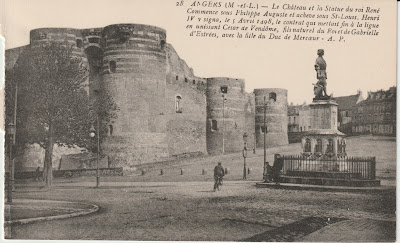Source of the Dôme, Abrest, France
Featured on this unused Editions du Lys postcard is one of two hot springs located a few meters apart in the commune of Abrest, France. A third spring was also found but is not as well known. The card has “V 117 VICHY (Allier), Source du Dôme” at the upper left corner on the reverse. “Couleurs Naturelles” is printed on the center line on the reverse, with the printer’s identification perpendicular to the center line.
Drilling for a spring in 1898, Francisque David, went down 159 meters or about 521 feet to find what has become known as the Dôme thermal spring. The extremely hot waters gush out at 150 degrees F or 65.4 degrees C. Originally the water was used for baths in a first-class Vichy spa resort facility, the waters were later used as a drink and bottled nearby, still later the water was used in the production of mud for thermal baths. Due to electrically charged clay particles, the mud is reputed to treat rheumatism and digestive system ailments. Two years after he drilled for the Dôme, David, again drilled to create the Lys and Cornélie springs. These three springs were integrated into the State domain in 1927. The Dôme and Lys springs have been listed as Historic Monuments since 2022.
The Dôme and Lys springs were modified for ease in access. The waters have been channeled into a basin. As can be seen on the card the stone basin is completely covered in deposits of calcium carbonate. The orange iron oxide and green micro-algae form a colorful crust on the basin. There is a strong steam with the odor of sulfur. The Dôme is in a kiosk shelter but the Lys is uncovered.
To help get an idea of where these springs are located, the Allier River is a tributary of the Loire River. Abrest is a small community in the Vichy Auvergne countryside. Vichy is a city in central France located about 3 km or 1.9 miles north of Abrest.
For additional information, see:
https://fr.wikipedia.org/wiki/Sources_du_D%C3%B4me_et_du_Lys [there is an English translation option]
https://en.wikipedia.org/wiki/Vichy
https://en.wikipedia.org/wiki/Allier_(river)
https://en.wikipedia.org/wiki/Abrest






